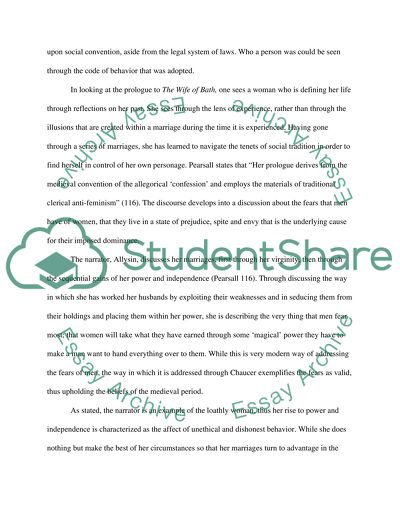Cite this document
(“The Wife of Bath: Chaucers Discourse on the Interrelationships of the Research Paper”, n.d.)
Retrieved from https://studentshare.org/english/1416293-the-wife-of-bath-chaucers-discourse-on-the-interrelationships-of-the-genders
Retrieved from https://studentshare.org/english/1416293-the-wife-of-bath-chaucers-discourse-on-the-interrelationships-of-the-genders
(The Wife of Bath: Chaucers Discourse on the Interrelationships of the Research Paper)
https://studentshare.org/english/1416293-the-wife-of-bath-chaucers-discourse-on-the-interrelationships-of-the-genders.
https://studentshare.org/english/1416293-the-wife-of-bath-chaucers-discourse-on-the-interrelationships-of-the-genders.
“The Wife of Bath: Chaucers Discourse on the Interrelationships of the Research Paper”, n.d. https://studentshare.org/english/1416293-the-wife-of-bath-chaucers-discourse-on-the-interrelationships-of-the-genders.


